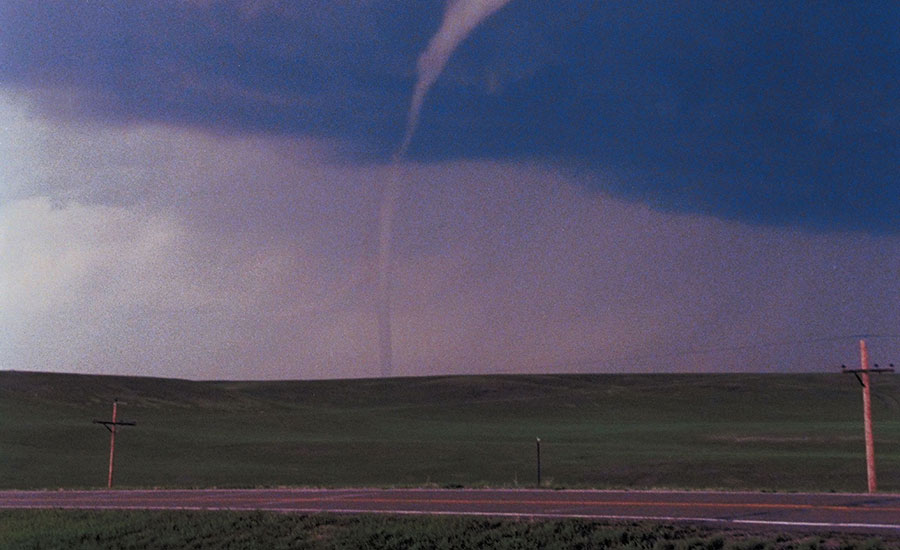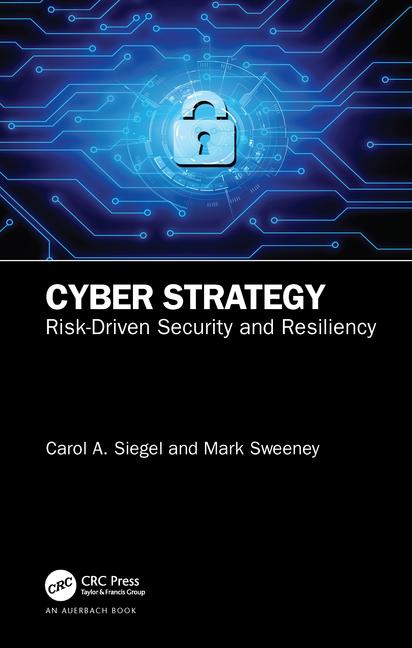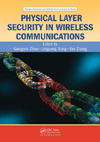Federal Communications Commission Chairman Ajit Pai has launched a comprehensive review of the Wireless Resiliency Cooperative Framework, a voluntary wireless industry commitment to promote resilient wireless communications and situational awareness during disasters. To aid this review, FCC Public Safety and Homeland Security Bureau Chief Lisa M. Fowlkes sent letters to participating carriers, asking them to supply information regarding how they’ve implemented the framework in disaster situations over the past two years.
“The American people expect quick and effective recoveries from natural disasters like Hurricane Michael and other storms,” said Chairman Pai. “That’s why we are re-examining the last Administration’s framework to make sure all wireless carriers are meeting communities’ needs and doing everything they can to promptly restore service after a natural disaster.”
To that end, Chief Fowlkes’ letters ask wireless companies participating in the framework to summarize how it was used for all disaster events to which the framework applied. The letters request detailed lists of mutual aid and roaming agreements carriers have established with each other, as well as any instances where such agreements were modified, impeded, or even declined outright. The agency also asks for information as to each company’s implementation of industry best practices. This will also help inform the FCC’s review, announced by Chairman Pai last month, of wireless service outages after Hurricane Michael. That announcement is available at https://www.fcc.gov/document/chairman-pai-statement-hurricane-michael-restoration-efforts.
The framework, created by the wireless industry and approved by the FCC in 2016, is intended to promote resilient wireless communications during disasters through measures related to roaming and mutual aid as well as coordination efforts. The framework set out a five-pronged approach for enhancing coordination during an emergency through (1) providing for reasonable roaming when technically feasible, (2) fostering mutual aid among wireless providers, (3) enhancing municipal preparedness and restoration by convening with local government public safety representatives to develop best practices and establishing a provider/911 call center contact database, (4) working to increase consumer readiness and preparation, and (5) improving public awareness and stakeholder communications on service and restoration status with county-by-county information.







